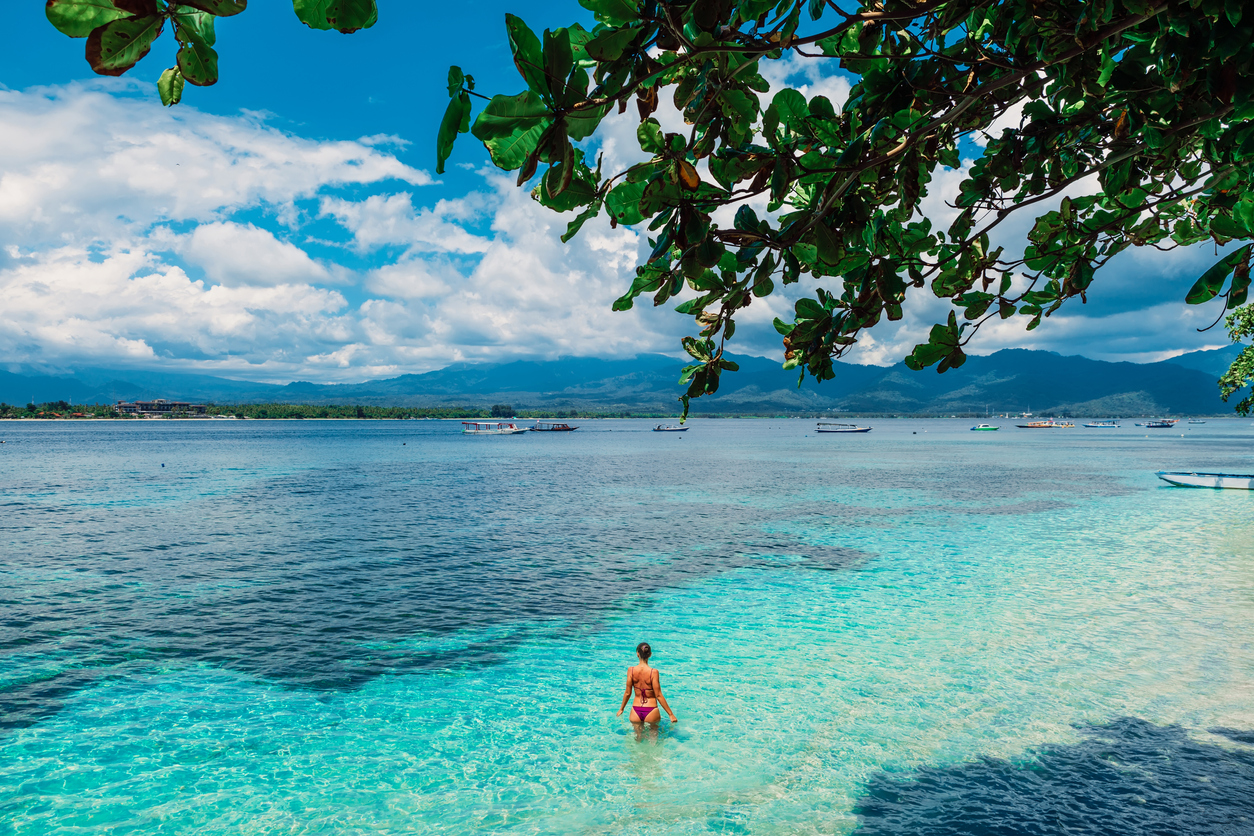History of the Windward Islands
The Windward Islands, a captivating archipelago nestled amidst the Caribbean Sea, boasts a rich and multifaceted history. The islands have witnessed the rise and fall of civilizations, the clash of cultures, and the enduring legacy of European colonialism.
The Windward Islands, a beautiful Caribbean archipelago, is often affected by tropical storms and hurricanes. For the latest updates on potential threats, be sure to check the National Hurricane Center. With its detailed forecasts and advisories, you can stay informed and prepared during hurricane season, ensuring the safety of your loved ones and property in the Windward Islands.
The earliest inhabitants of the Windward Islands were the indigenous Carib and Arawak peoples, who arrived from the South American mainland centuries before the arrival of Europeans.
European Colonization, Windward islands
The arrival of European explorers in the 15th century marked a turning point in the history of the Windward Islands. Christopher Columbus, the intrepid Italian navigator, first sighted the islands in 1493, paving the way for Spanish colonization.
Deh Windward Islands be a chain ah islands dat run from de Lesser Antilles to de Greater Antilles. Dem islands be prone to hurricanes, and one ah de most destructive hurricanes to hit de region was de Barbados hurricane of 1831.
Dis hurricane caused widespread damage and loss of life in Barbados and de other Windward Islands.
The Spanish established settlements on several islands, including Guadeloupe, Dominica, and Martinique, and introduced sugarcane cultivation, which would become the economic mainstay of the region.
In the 17th century, the French and British emerged as rival colonial powers in the Caribbean, vying for control of the Windward Islands. The islands became a battleground in the Anglo-French wars, with each side seeking to expand its territories and consolidate its power.
The Slave Trade
The development of the plantation economy in the Windward Islands was inextricably linked to the transatlantic slave trade. African slaves were forcibly brought to the islands to work on sugarcane plantations, enduring inhumane conditions and contributing significantly to the wealth of European colonizers.
The slave trade had a profound and lasting impact on the Windward Islands. The influx of African slaves shaped the region’s demographics, culture, and social fabric.
Geography and Climate of the Windward Islands

The Windward Islands are a group of islands located in the Caribbean Sea, east of the Greater Antilles and north of South America. They are part of the Lesser Antilles, which is an arc of islands that stretches from the Virgin Islands in the north to Grenada in the south.
The Windward Islands are made up of four main islands: Dominica, Martinique, Saint Lucia, and Saint Vincent and the Grenadines. The islands are mountainous, with lush rainforests and beautiful beaches. The climate of the Windward Islands is tropical, with warm temperatures year-round. The islands are also subject to hurricanes and other tropical storms.
Natural Resources
The Windward Islands are rich in natural resources, including forests, minerals, and fisheries. The islands’ forests are home to a variety of hardwoods, including mahogany, rosewood, and teak. The islands also have deposits of gold, silver, copper, and zinc. The fisheries of the Windward Islands are a major source of food and income for the islands’ residents.
Culture and Economy of the Windward Islands
:max_bytes(150000):strip_icc()/aerial-shot-of-cruz-bay-st-john-in-us-virgin-islands-165581255-58dea04e3df78c5162cf9584.jpg)
The Windward Islands boast a rich tapestry of cultures, reflecting their diverse histories and influences. English, French, and Dutch languages are widely spoken, and a vibrant blend of African, European, and Caribbean traditions permeates their societies. Religious practices range from Catholicism and Protestantism to traditional African and Rastafarian beliefs.
Economic Activities
The Windward Islands’ economies are primarily driven by tourism, agriculture, and fishing. The pristine beaches, lush rainforests, and vibrant cultures attract a steady stream of visitors. Agriculture remains a vital sector, with bananas, sugar, and cocoa as major exports. Fishing also plays a significant role, providing both sustenance and economic opportunities for local communities.
Challenges and Opportunities
The Windward Islands face several challenges, including economic vulnerability, climate change, and limited infrastructure. However, they also possess unique opportunities for sustainable development. By leveraging their natural beauty, cultural heritage, and strategic location, the islands can attract investment and create a more prosperous future for their people.